Bows

| Bows Types | |
| Recurve bow:
a bow with the tips curving away from the archer. The curves straighten out as the bow is drawn and the return of the tip to its curved state after release of the arrow adds extra velocity to the arrow. |
 |
| A
reflex bow is a bow that has curved or curled arms which
turn away from the archer throughout their length. When unstrung, the entire length of the bow curves forward from the belly (away from the archer), resembling a "C"; this differentiates a reflex bow from a recurve bow in which only the outer parts of the limbs turn away from the archer. The curves put the materials of the bow under greater stress, allowing a fairly short bow to have a high draw weight and a long draw length. |
 |
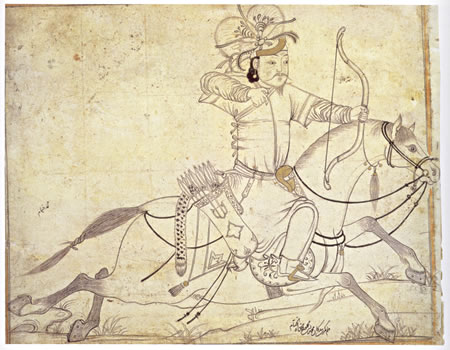 |
|
| Longbow:
a self bow with limbs rounded in cross-section, about the same
height as the archer so as to allow a full draw, usually over 5 feet
(1.5 metres) long. The traditional European longbow was usually made of yew wood, but other woods are also used. |
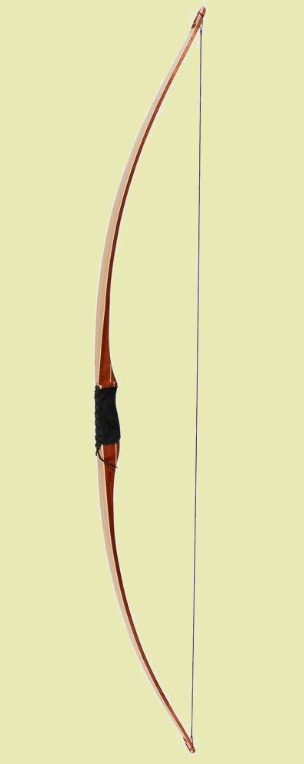 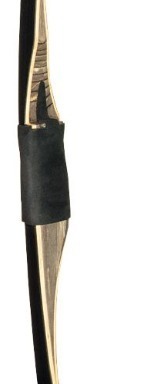 |
 |
|
| A flatbow
is a bow with non-recurved, flat, relatively wide limbs that are
approximately rectangular in cross-section. Because the limbs are relatively wide, flatbows will usually narrow and become deeper at the handle, with a rounded, non-bending handle for easier grip. |
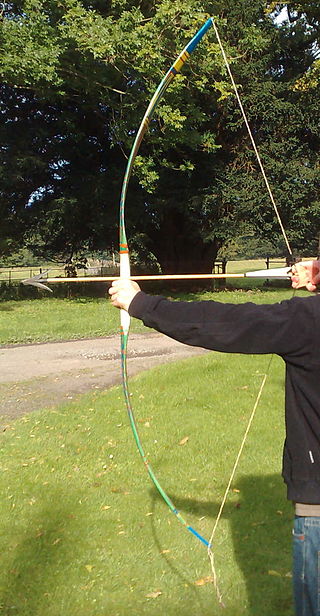 |
|
A compound bow is a modern bow that uses a levering system, usually of cables and pulleys, to bend the limbs. The pulley/cam system grants the wielder a mechanical advantage, and so the limbs of a compound bow are much stiffer than those of a recurve bow or longbow. This rigidity makes the compound bow more energy-efficient than other bows, as less energy is dissipated in limb movement. The higher-rigidity, higher-technology construction also improves accuracy by reducing the bow's sensitivity to changes in temperature and humidity. |
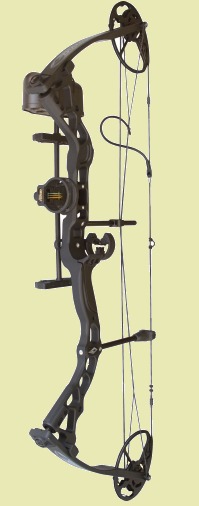 |
| Modern Compund Crossbow |
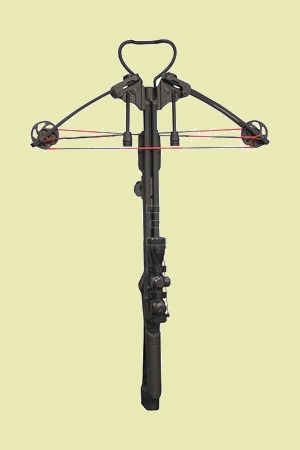  |
| A historic Italian Crossbow |
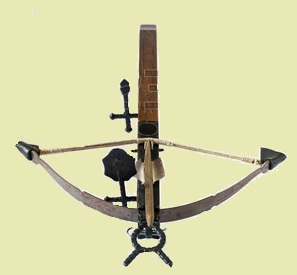 |
| Medieval German Crossbow |
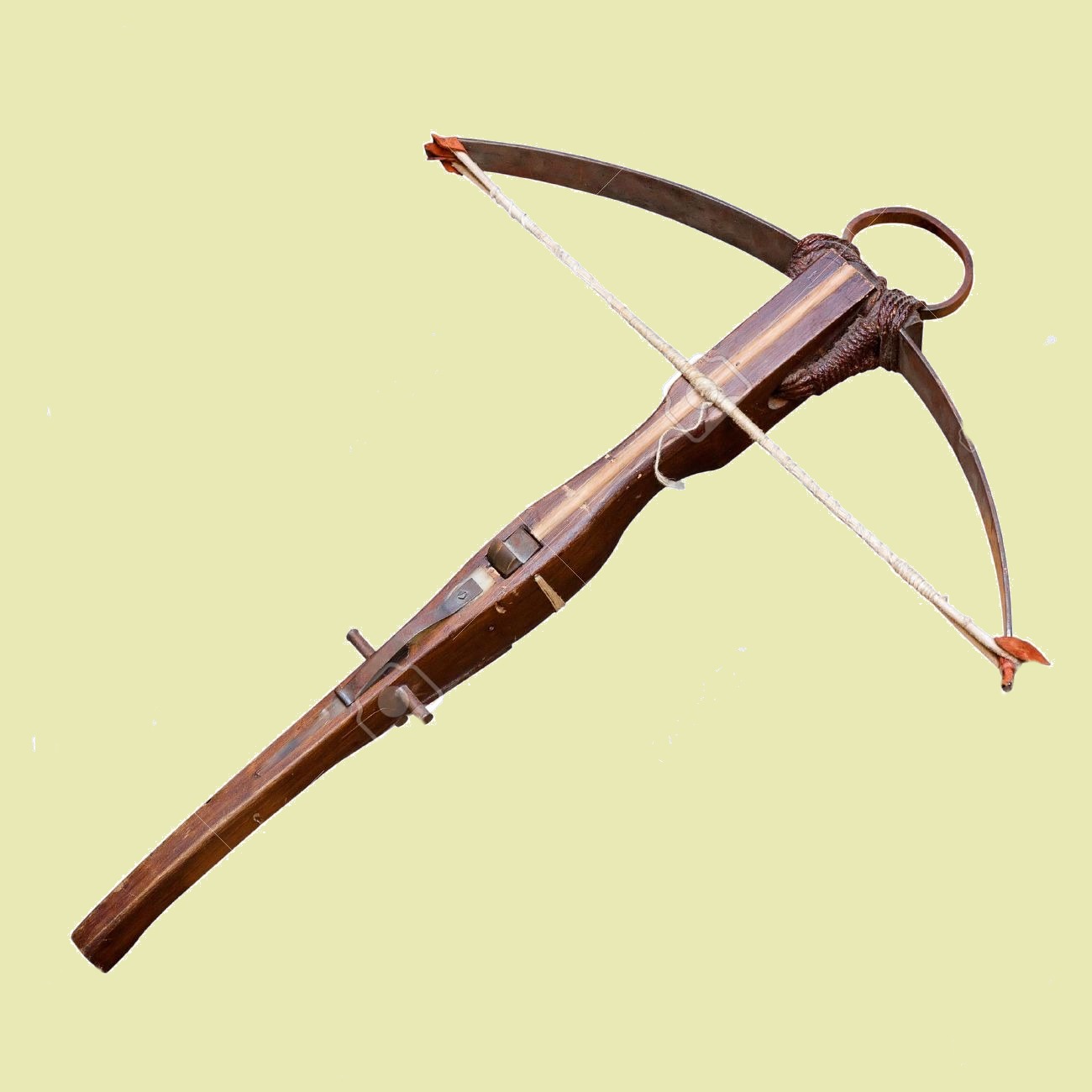 |
| Old Chinese Crossbow |
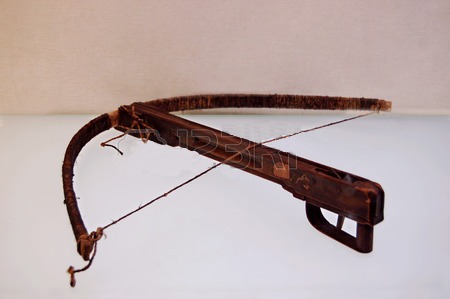 |
| Grip Styles |
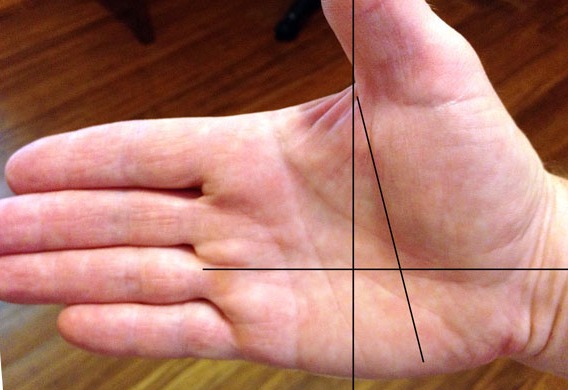 |
 |
| Straight Grip |
 |
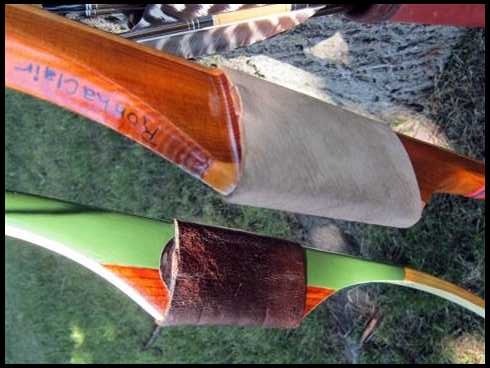 |
| Dished Grip |
 |
 |
| Humped Grip |
 |
 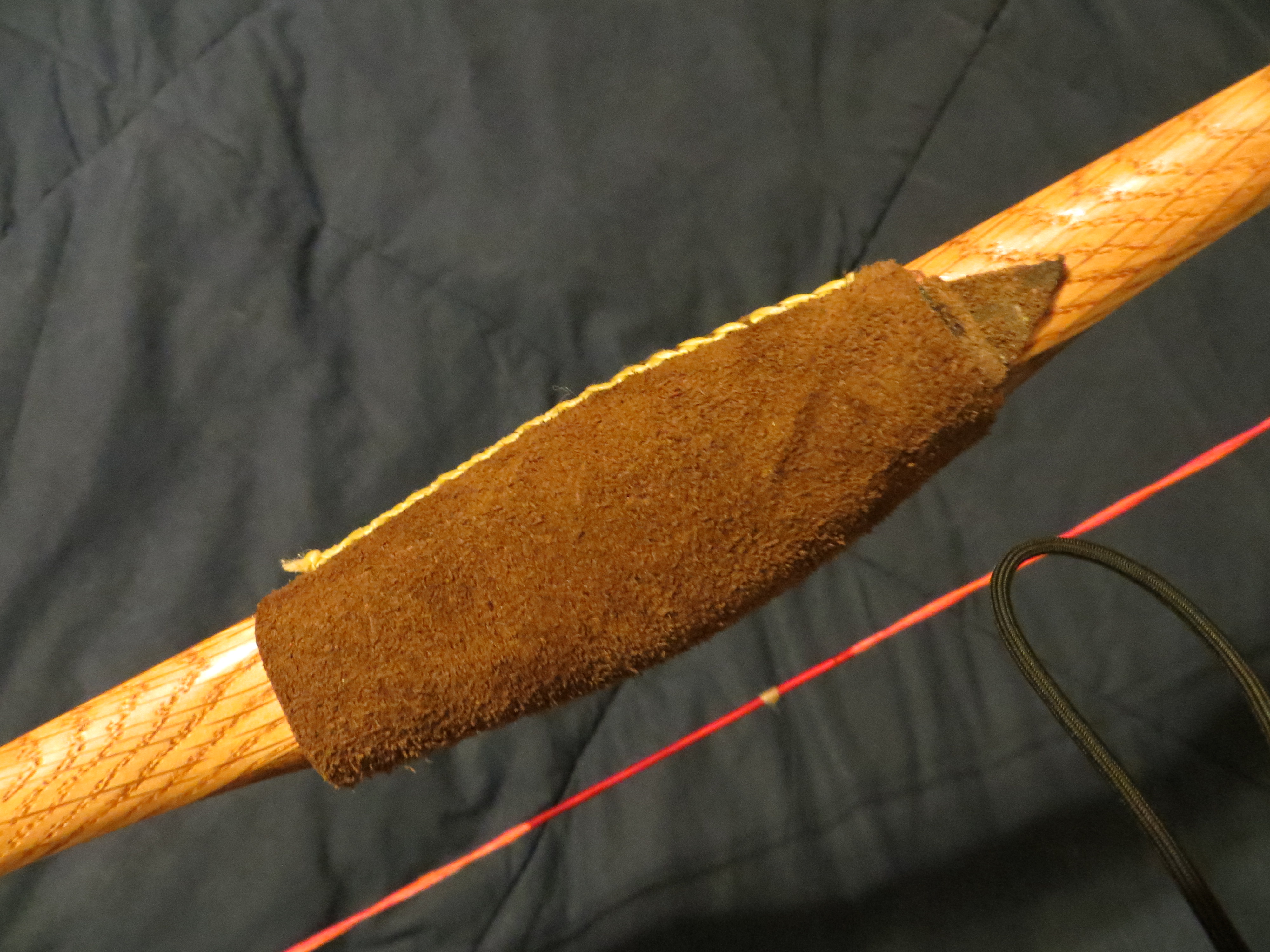 |
| Locator Grip |
 |
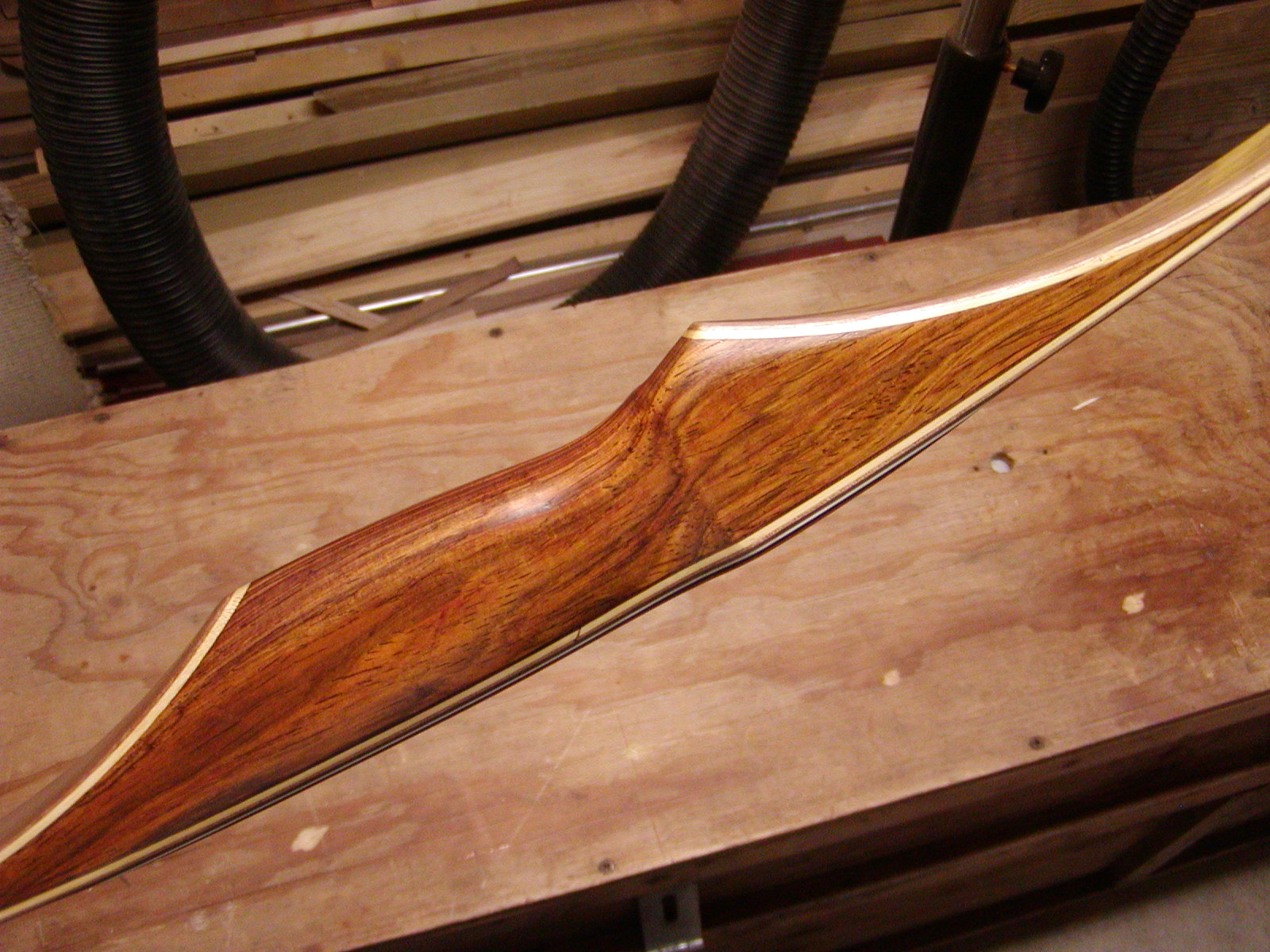 |
| Recurve Grip |
 |
 |